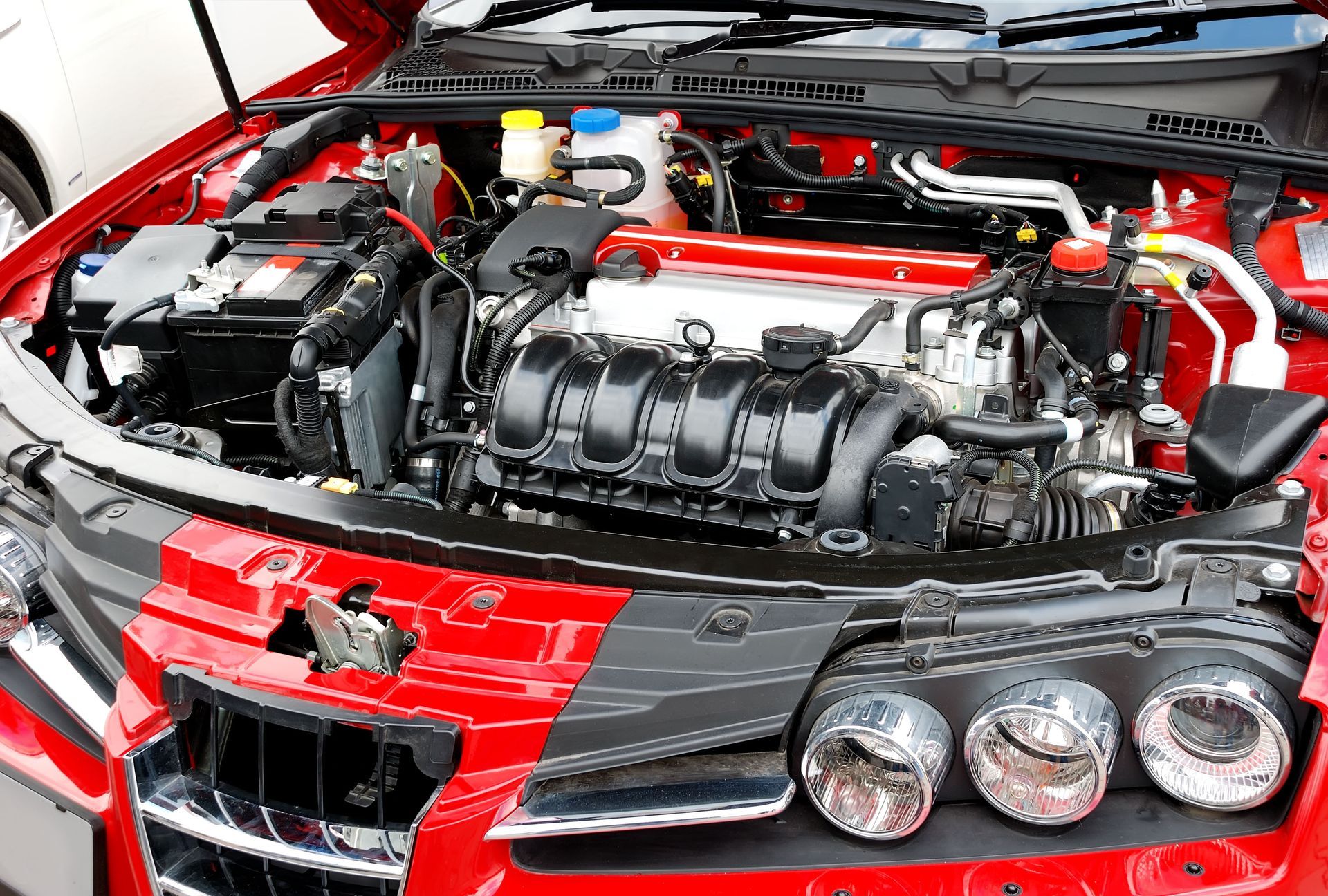The Impact of Data Analytics in Race Car Engineering
In the high-octane world of race car engineering, the application of data analytics has revolutionized how racing teams understand and enhance the performance of their vehicles. This transformation is visible in the strategic planning and execution of races, where milliseconds can be the difference between victory and defeat. Not just limited to the analysis of vehicular components, data analytics is also redefining driver strategy and safety, making it an indispensable tool in the modern racing arena.
Provides Insight Into Vehicle's Performance
Firstly, data analytics provides an unmatched depth of insight into a vehicle's mechanical performance and dynamics. By collecting a vast amount of data through numerous sensors embedded in race cars, engineers can pinpoint areas of inefficiency and potential improvement. This data-driven approach allows teams to fine-tune engines, optimize aerodynamics, and enhance tire performance. These modifications are crucial for maintaining a competitive edge in a sport where technological excellence is paramount.
Transforms How Races Are Approached and Developed
Furthermore, driver performance analytics is becoming increasingly sophisticated, transforming how races are approached and strategies developed. According to TechSci Research, the motorsport product market is expected to reach 30.16 billion by 2029. This fact highlights the increased need for improvements in technology for racers. With wearable technology and in-car sensors, data on a driver's physiological and psychological states can be continuously monitored. This wealth of information helps racing teams to tailor training regimes and racing strategies to suit each driver, resulting in faster lap times and improved race results. Analytics on driver behavior, such as braking patterns and cornering speeds, enable teams to devise strategies that leverage each driver's strengths while compensating for their weaknesses.
Enhances Safety
Data analytics also significantly enhances safety on the racing circuit. By understanding patterns in vehicular performance and driver behavior, potential risks can be identified and mitigated before they result in accidents. Analyzing historical crash data allows engineers to innovate safety gear and vehicle structures to better protect drivers. Additionally, live data streaming during races enables teams to react swiftly to unexpected developments, ensuring that driver safety remains a top priority while pushing their machines to the limit.
Data analytics is a driving force in the evolution of race car engineering, providing a competitive advantage through precision insights and fostering overall safety improvements. As technology continues to advance, the role of data analytics in racing is expected to grow, further blurring the lines between man, machine, and data. Ultimately, the integration of data-driven strategies in race car engineering signifies a new era in motorsports, one where innovation and competition continue to accelerate hand-in-hand. For more information on our race car chassis shop, contact Brink Racecraft today!



Share On: